Thus Protestants churches, 150 still remaining in the 19th century, were not destroyed (Sainte-Marie-aux-Mines); but the King demanded the « simultaneum » for many of them. It meant splitting the Protestant church in two when there was no Catholic Church, which caused a lot of friction as in Hunawihr, Sainte-Marie-aux-Mines; similarly in the Montbéliard area, mostly Lutheran with 80 worship places, which joined France only in 1791, as in Saint-Martin temple in Montbéliard, built in 1604, or Héricourt temple of the 12th and 16th centuries; lastly the Orange area in Vaucluse controlled by the Orange-Nassau family until 1713 as in Courthézon.
Elsewhere temple buildings survived for various reasons after the Edict of Fontainebleau of 1685:
– some temples were turned into churches, for instance in Vialas in 1612, Sedan, Valaux, Cardet, Vezenobres, Faugères, Pontorson, Courtomer, Sainte-Croix-de-Villefranche in Lyon.
– Others met with less glorious fates: Collet-de-Dèze (hospital), Lintot (closed), le Poët-Laval (meeting room), Pontorson (tithe barn), Courtheyan (nursing home).
– castle chapels considered privately owned: Hangerville, Chamerolles, le Fleix, Chandieu, Mandajors, but in several cases the Lord had to turn the temple into a castle Catholic chapel, as in La Force.
– houses of prayer: in the mid-18th century in regions like Saintonge, Poitou or Ariège, some people thought of erecting little buildings that either escaped vigilance for not being called temples, or benefitted from the intendant’s leniency: some can still be found in Avallon, Maine-Geoffroy, Arvert (Charente-Maritime), Villefagnan or Lignières-Sonneville (Charente); some, as in Jarnac or Segonzac, and were converted into temples in the 19th century.
-

Protestant temples : from the 16th century to the Revocation
-
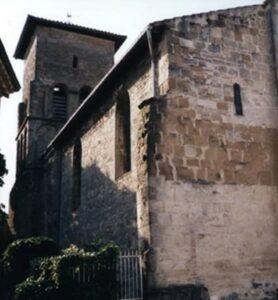
Beaumont-lès-Valence (Drôme)
-
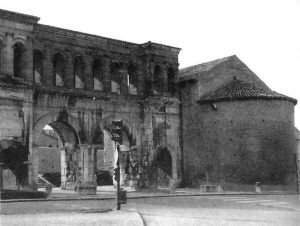
Burgundy
-
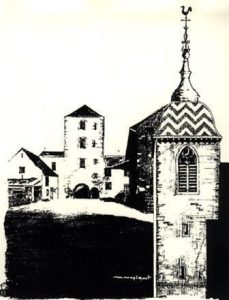
Héricourt (Doubs)
-
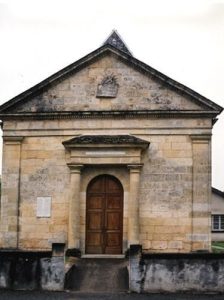
La Force (Dordogne)
-
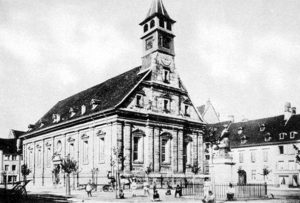
Montbéliard (Doubs)
-
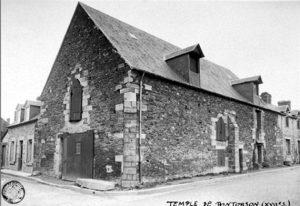
Pontorson (Manche)
-
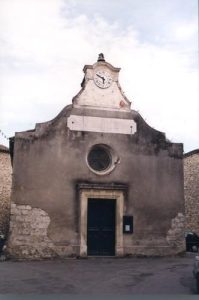
Cardet (Gard)
-
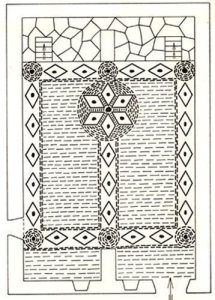
Collet-de-Dèze (Lozère)
-
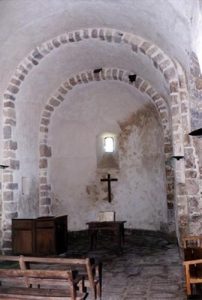
Sainte-Croix-de-Caderle (Gard)
-
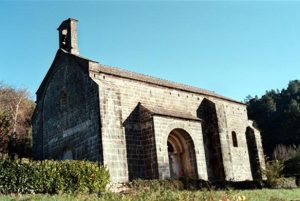
Sainte-Croix-Vallée-Française (Lozère)
-
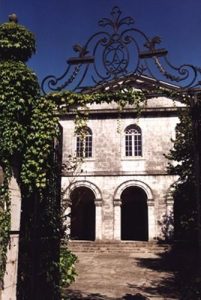
The Temple in Orthez (Pyrénées-Atlantiques)
-
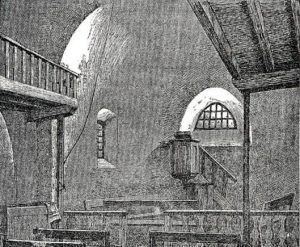
Vialas (Lozère)
-
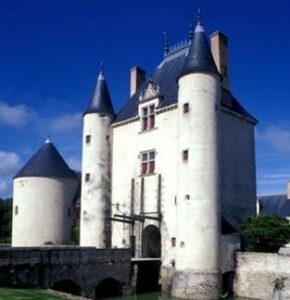
Chamerolles (Loiret)
-
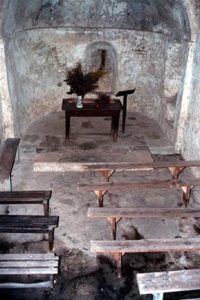
Mandajors (Gard)
